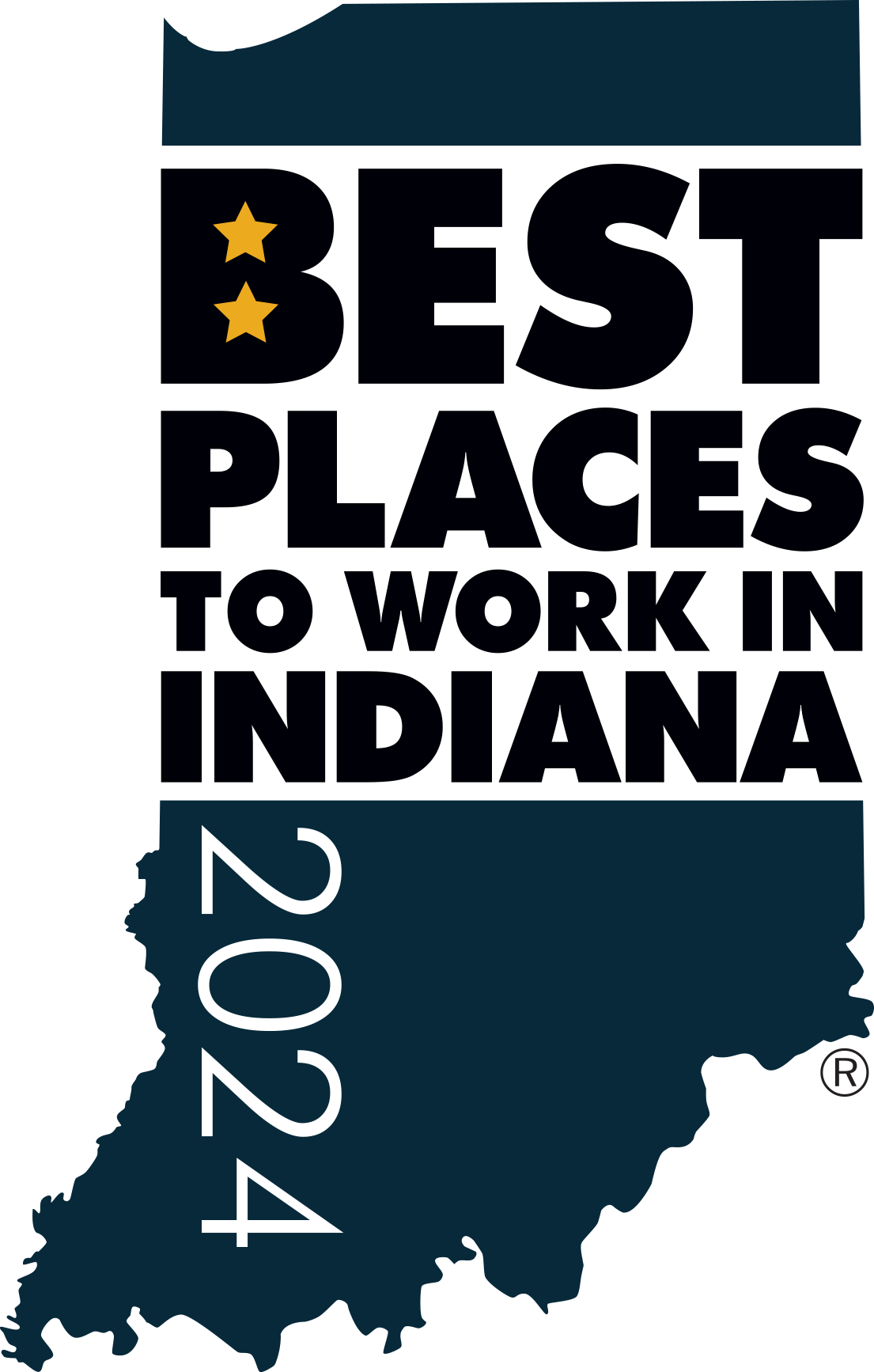The Coaching Challenge
As one responsible for a business’ profitability, I never seem to have the time to coach my people consistently. They have such a limited attention span that I get the feeling, especially with my veterans, that they aren’t really into learning anyway. How do I find the balance and provide them what they need in a format that is of interest and relevant?”
This question ranks as number one among company owners, managers, and even trainers trying to find the balance between their own work load and providing their employees with essential skills and knowledge. We are all experiencing work environments that are intensely more competitive and constantly changing with business goals and objectives that continue to escalate. While there are still only 7 days in a week and 24 hours in a day, our challenge is to do more with those same 7 days and 24 hours than we did just a year ago.
So how do we begin to find the gift of time to coach our people and who is to say they are open to receiving it? It is one of the classic organizational dilemmas.
Sink or Swim
For most of us, historically, the concept of coaching and learning comes from the perspective of “throwing them into the water to see if they can swim.” So, naturally, the coaching sounds something like “I just noticed your quarterly numbers are down; you need to get them up! You’ve got to have a high volume of activity to make it at our company.”
This is certainly an understandable paradigm as most of us were raised in results-oriented, bottom line environments. Although these coaching statements are true, the problem is that these comments boil down to “work harder” which only helps if “work harder” is the right answer. The “work harder” response is about as effective as a football coach standing under the goal post and yelling out the score to his team.
The Coaching Connection
Key point: If I’m going to position myself as your coach, I’ve got to watch you play the game. This means I have to coach to more than just results or the attempt at results.
One of the best resources for learning to lead and mentor in a meaningful and high impact manner was created by Randall Murphy, founder of the Acclivus Corporation. Their white paper, The Coaching Connection, explores how in order for coaching and learning to be truly effective, it must be around more than just the results. Coaching must encompass the skills, knowledge, effort and attitude of the work being done.
Learning Styles
Key Point: Most people are willing to learn if you know how to tap into their learning style. Your challenge is to develop your unique coaching style and your training curriculum so that it engages all four learning styles effectively.
Kinesthetic learners need to understand the application of real-life experiences and tend respond best to role-play exercises. Auditory learners work best when they can speak, discuss, and think out loud; repition is key for auditory learners. Visual learners need to be able to read and write notes and literature, and struggle in lectures lacking in visual aids or graphics. Tactual learners work best in cooperative learning activities and group discussions and interactions.
For the time-conscious manager, the best way to ensure the incorporation of all four learning styles into the training curriculum is through the process known as blended learning. Unlike traditional education, corporate training exists primarily to improve business performance. Blended learning allows for the consideration of each individual (the human factor). A study by Harvard Business School faculty Drs. DeLacey and Leonard Peter found that providing several linked options for learners, in addition to classroom training, significantly increased what they learned.
What’s in a blend? Blended learning includes face to face classroom training, videos, on-line training workshops, one-on-one coaching, as well as webinar guest speakers and literature. Often, for the time-weary manager, utilizing outside resources helps to reinforce a message in a multitude of ways. It is typically the type of message that the manager “harps on” on a daily basis, but when the same message is delivered a different way, or by a different person, it is often at that point the learner suddenly “gets it” – to the obvious frustration of many managers who wondered why their people did not “listen” to them in the first place!
Finding People Who Make a Difference®
Inspired employees can play a tremendous part in the growth and success of a company, and for more than 50 years, Sanford Rose Associates® has been committed to “Finding people who make a difference®” for its clients. To learn more about strategies for effective coaching and professional development for your organization, please reach out to your Sanford Rose Associates® executive search consultant today.
—Karen Schmidt

